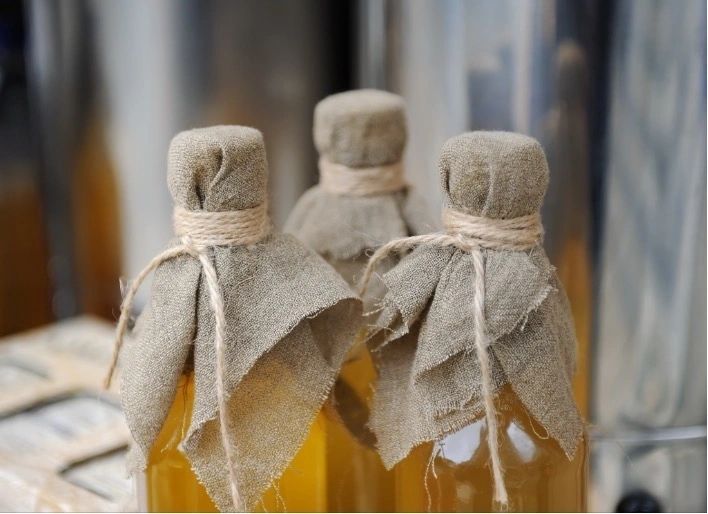Imagine embarking on a journey back in time, retracing the footsteps of ancient civilizations. Now, imagine doing that through a honeyed glass of mead, one of the oldest and most enigmatic alcoholic beverages known to humanity. Yes, dear reader, this golden elixir has been sipped and savored for centuries, its mystique steeped in ancient lore and legend. Let’s journey through the fascinating world of mead.
Mead, also known as honey wine, is a fermented concoction of honey, water, and often fruits, spices, grains, or hops. Traces of mead have been found in pottery vessels dating back nearly 9,000 years to Northern China’s Henan province, making it arguably the world’s oldest alcoholic beverage. Quite an intoxicating start, wouldn’t you agree?
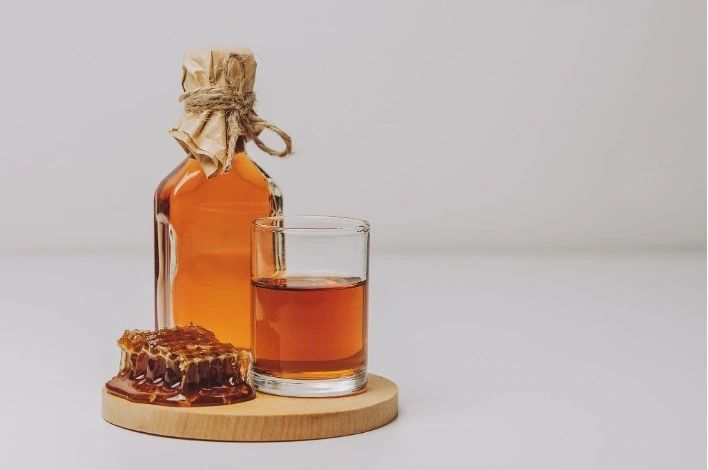
As civilization spread across continents, so did the popularity of mead. The ancient Greeks called it “Ambrosia” or “Nectar,” believing it to be the drink of the gods, descending from the heavens as dew, then collected by bees. Meanwhile, in Africa, the creation of Tej, a form of mead, has been an essential part of Ethiopian culture for millennia.
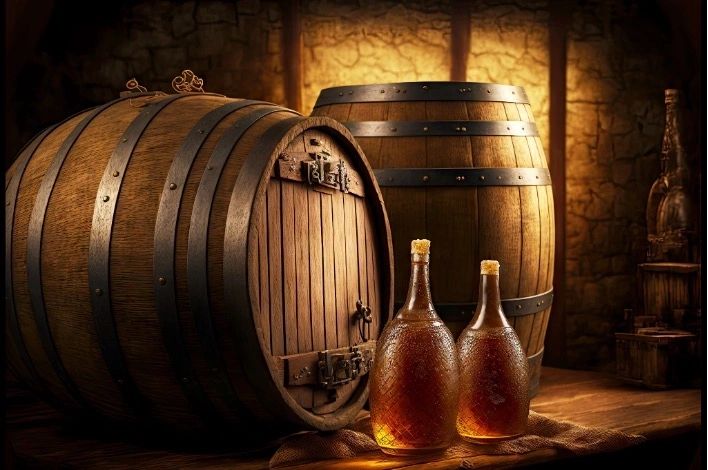
Norse mythology and folklore brim with references to mead. According to one legend, the Mead of Poetry, a mythical beverage brewed from the blood of the wise being Kvasir, bestowed the gift of wisdom and poetry onto those who drank it. Such legendary tales illustrate the cultural significance of this intriguing brew.
Mead’s appeal permeated through the Middle Ages when it was commonly made in monasteries. It was a favorite in the English court and a prominent feature in the tales of Robin Hood. However, as the production of grape wines and beers became more accessible, mead slowly fell out of mainstream favor, almost fading into oblivion.
Fast forward to the 21st century, and mead is making a remarkable comeback. Today’s discerning drinkers are captivated by mead’s millennia-old allure, its complex flavors, and its versatility. Meaderies are springing up across the globe, and ‘mead maker’ is once again a proud profession.
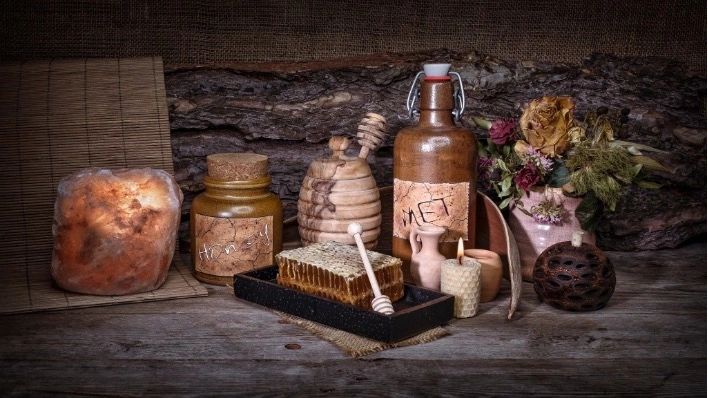
Modern meads offer an astonishing array of flavors, from bone-dry to dessert-like sweet, still or sparkling, simple honey wines, or ‘melomels’ bursting with fruit flavors. There’s a mead for every palate, every occasion, and every season.
Today, mead’s resurgence signifies more than just a rediscovery of an ancient drink; it represents a reconnection with our past, a celebration of our shared heritage. It underscores the continued importance of honeybees in our ecosystem and serves as a potent reminder of the simple, natural, and sustainable practices of our ancestors.
From the banquets of ancient Greeks to the feasting halls of Viking warriors, from the royal courts of medieval Europe to the trendy bars of hipster neighborhoods, mead’s intriguing journey is a testament to its timeless appeal. So, here’s raising a toast to the golden, sweet, and mysterious potion that’s traveled through time, preserving whispers of our past in every sip. Here’s to mead, the nectar of the gods that’s withstood the test of time!
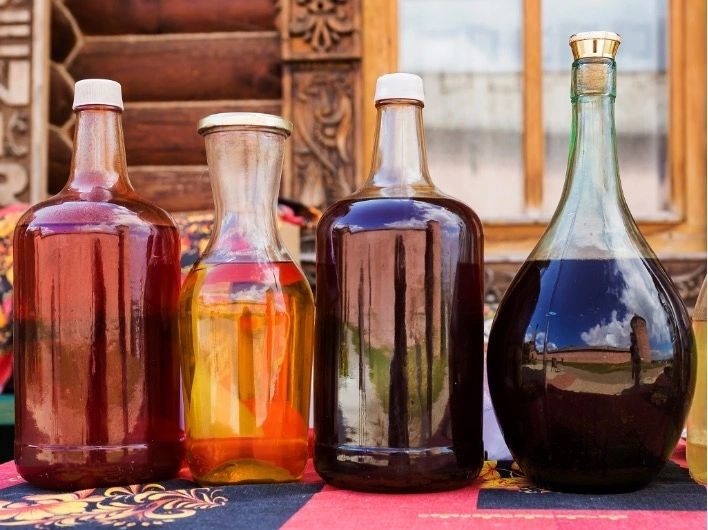
– Stanislav Kondrashov
